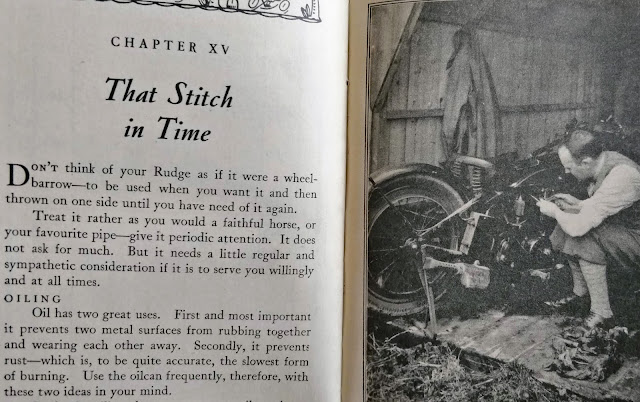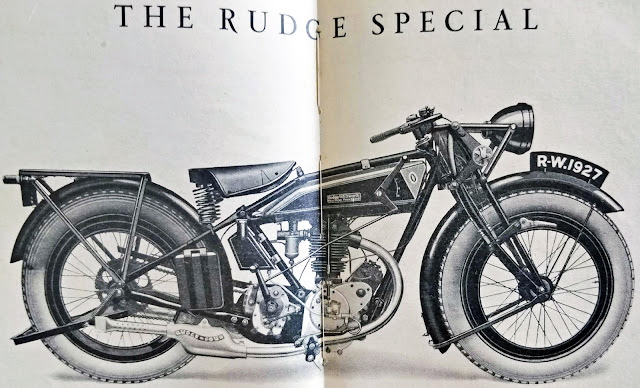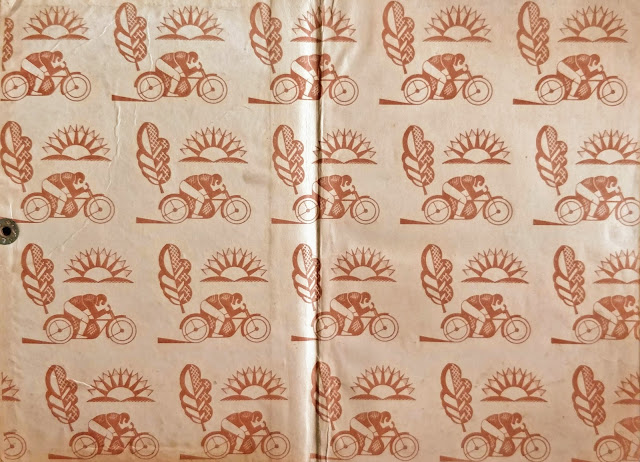My ride starts when I go out into the garage and start putting the kit on. This isn't tedious, it's a chance to echo all those hours spent in cold arenas getting ready to lay it all out there on the ice; it's an opportunity to put on my game face. I never end up on the bike out on the road half paying attention or thinking about something else because putting on the kit is a integral part of getting ready to ride for me.
 |
| I don't know about a different person, but I am a focused person. Here's the MotoGP video. |
 I frequently see people out on bikes that are wildly unequipped. They're usually the cruiser-Captain Jack Sparrow types who are into riding for style rather than, um, riding. The bikes they tend to ride aren't really into going around corners (or much else) and their riding gear follows suit. If that's your kind of motorcycling then you're probably not reading this anyway.
I frequently see people out on bikes that are wildly unequipped. They're usually the cruiser-Captain Jack Sparrow types who are into riding for style rather than, um, riding. The bikes they tend to ride aren't really into going around corners (or much else) and their riding gear follows suit. If that's your kind of motorcycling then you're probably not reading this anyway.LINKS
Sports Psychology:
https://gladiatorguards.com/the-psychology-of-sports-equipment-how-does-gear-affect-your-team/
https://www.theguardian.com/science/neurophilosophy/2011/oct/24/psychology-neuroscience
https://www.betterup.com/blog/sports-psychology
https://www.billyhansen.net/pregame-meditation
Getting in the Zone:
https://www.inc.com/jessica-stillman/3-tricks-to-help-you-get-in-the-zone.html
https://www.peaksports.com/sports-psychology-blog/mindsets-to-help-athletes-perform-in-the-zone/
https://drstankovich.com/tips-for-athletes-looking-to-get-in-the-zone/
Peak Performance:
https://theathleteblog.com/peak-performance-mindset/
https://www.apa.org/education-career/guide/subfields/performance
Take advantage of pre-game routines:
Athletes stand a much better chance for getting in the zone when they make it a point to engage in a pre-game routine that allows them to think about the upcoming game, elevate their mood state, and lower their negative anxiety.
Moto Specific:
https://www.motogp.com/en/news/2018/01/18/racing-together-superstition/248214
https://www.pinkbike.com/news/racing-pre-race-rituals-traditions-and-rules-2015.html
https://www.worldsbk.com/en/news/2022/Rider+rituals+how+do+WorldSBK+competitors+get+ready+for+a+race
https://www.asphaltandrubber.com/racing/motorcycle-ritual-motogp/
https://www.motosport.com/blog/motocross-superstitions-rituals-10-best




















































